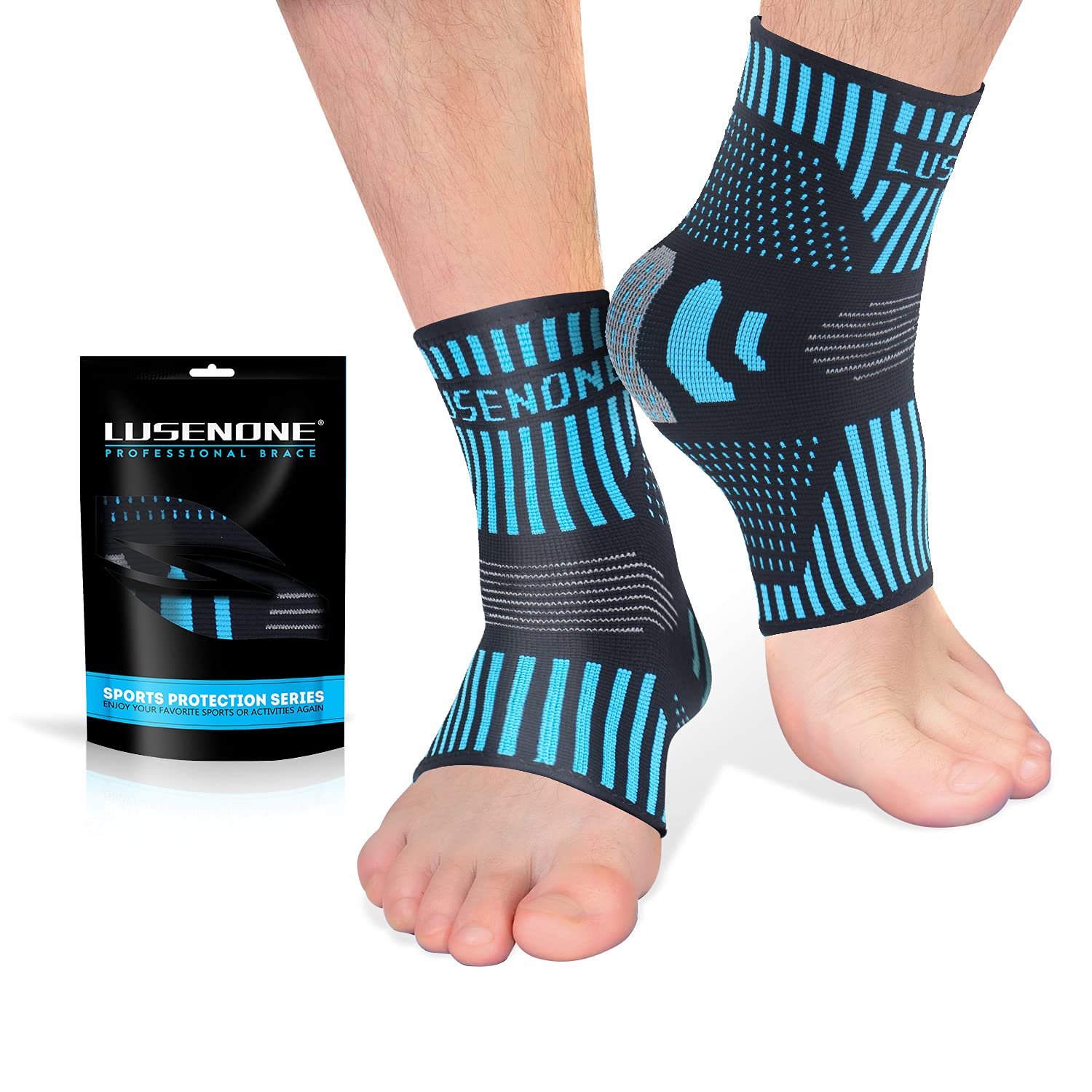
Joint Supports
Joint often continue using a joint supports after it has been wounded or impaired. Patients with degenerative joint illnesses, such as arthritis, often report difficulty moving about as their first symptom. Joint supports can lessen the pain within your joints and keep you supported.
Disclaimer* Please note some of the links on this page are affiliate links. Meaning if you click on them we receive a small commission.
Last Updated on April 11, 2025 | Published: September 27, 2022
What Do You Need To Know When Buying Joint Supports?
Joint supports can help people with limited mobility. When buying joint support, you need to know the joint you need support in; an occupational therapist can help you find this out and further your knowledge of what kind of support you may need.
How To Buy A Joint Supports
The best way to buy Joint Supports online is to shop around first, as there are many different ones to pick from, so do your research first.
Where To Buy Joint Supports
You can buy Joint Supports online, and we have picked some that may help on this page.
What Are The Benefits Of Having Joint Supports?
The main benefit of joint support is that it gives you extra strength and protection for people with limited mobility.
What Should I Look Out For When Choosing Joint Supports?
When looking and choosing joint supports, you should look for:
- Size
- Reviews
- Amount of support available
- Material
Our Pick of Top Joint Supports
Frequently Asked Questions
Can You Wear Knee Support All Day?
Depending on your health and inclination, you may wear your supports all day or when you need extra stability during more demanding activities like sports or heavy lifting. If you aren’t sure what you need, it is best to see a doctor.
How Do Joint Supports Work?
When a person rises or sits, the pressure on their knee from their body weight pushes on their brace. The knee’s range of motion is restricted, and pressure is taken off the joint thanks to the brace, which helps prevent additional damage.
How Long Should You Wear Knee Support?
A knee compression sleeve’s durability is proportional to the frequency with which it is used. Their average lifetime is between six months and a year.
What Are Joint Support Supplements?
Joint support supplements are capsules that give you vitamins and nutrients to help your joints.
What Supports Joint Health?
According to the study, calcium is essential for bone density, glucosamine chondroitin, and amino acids may aid joint health. A healthy bone broth could have all of these ingredients. When bones are roasted, a gelatinous fluid is produced comparable to human ligaments, tendons, and joints. Always consult with a doctor if you are unsure.
What Happens When Joints Wear Out?
Osteoarthritis symptoms manifest when the cartilage that typically cushions the ends of bones in joints becomes worn and unable to accomplish its role, causing painful friction between bones. Cartilage is a strong, lubricating substance that lines the surfaces of joints. Bones may grind against one another if the cartilage that normally separates them deteriorates.



